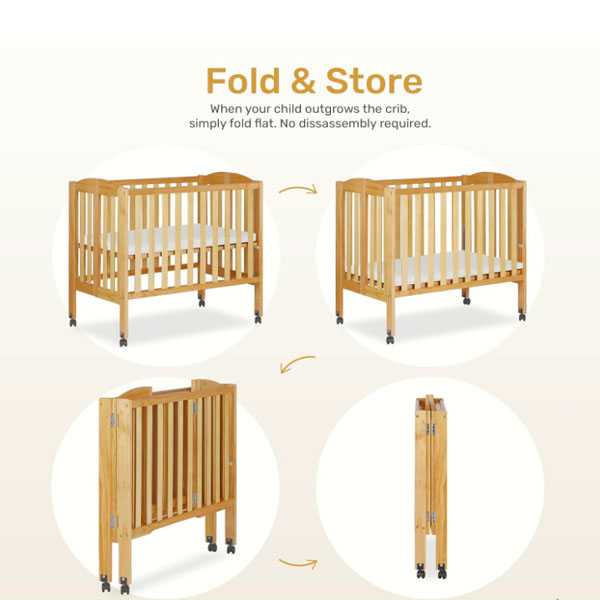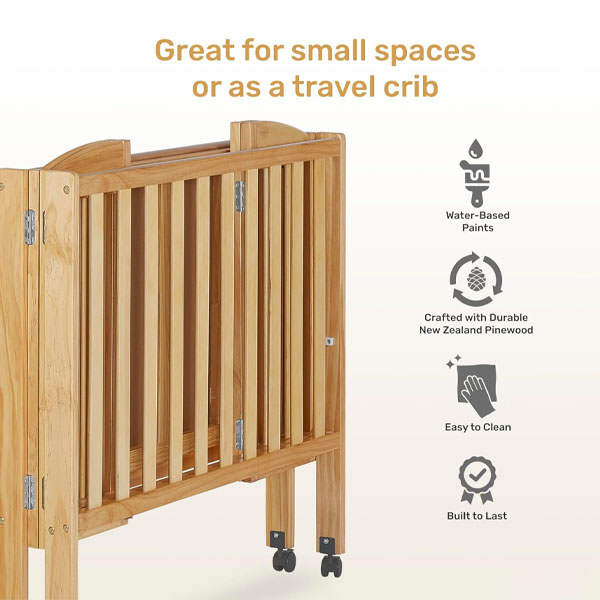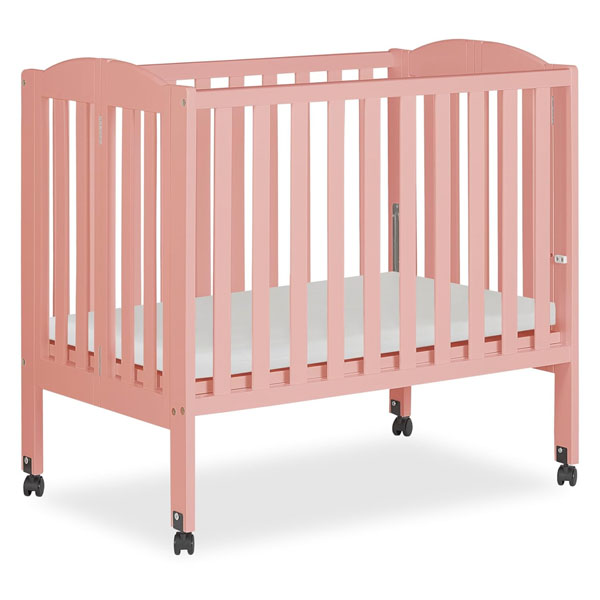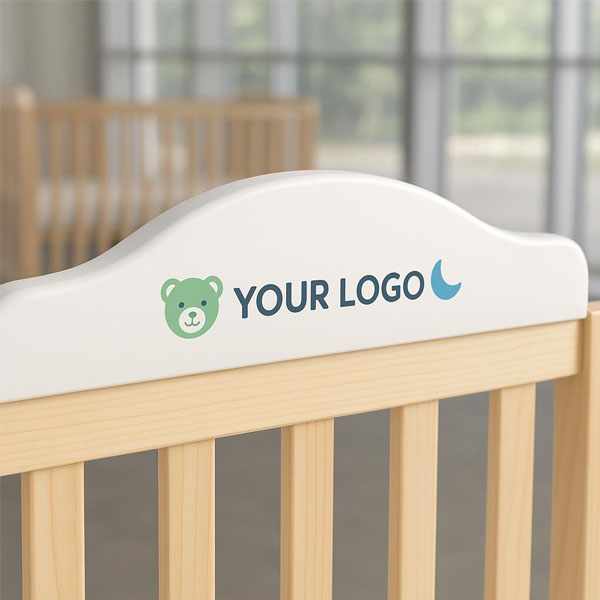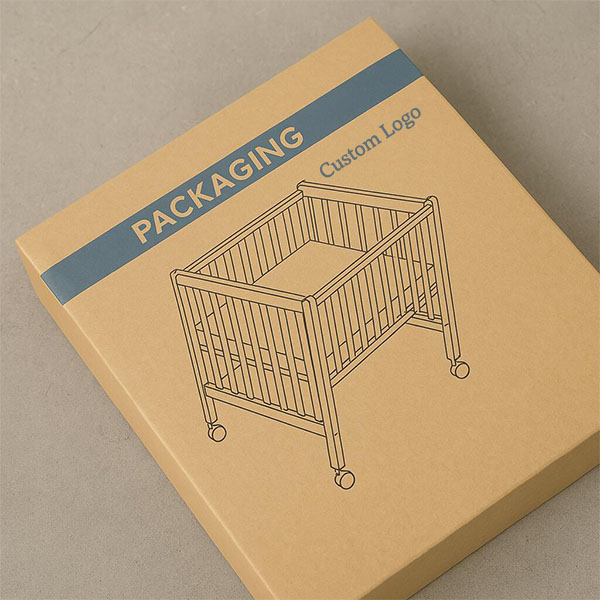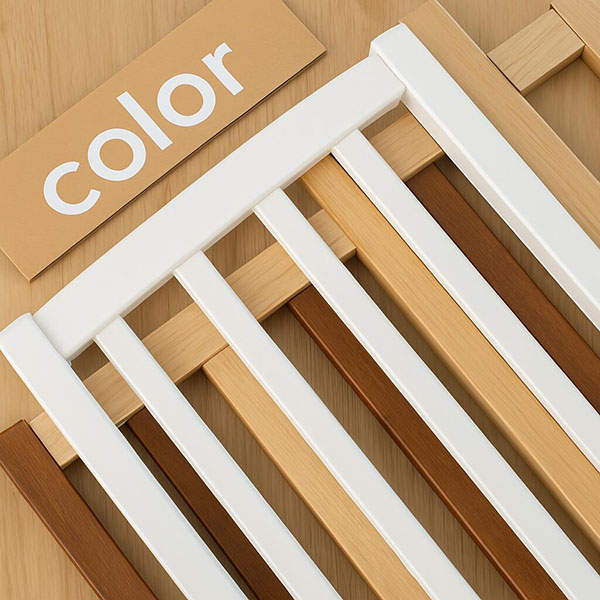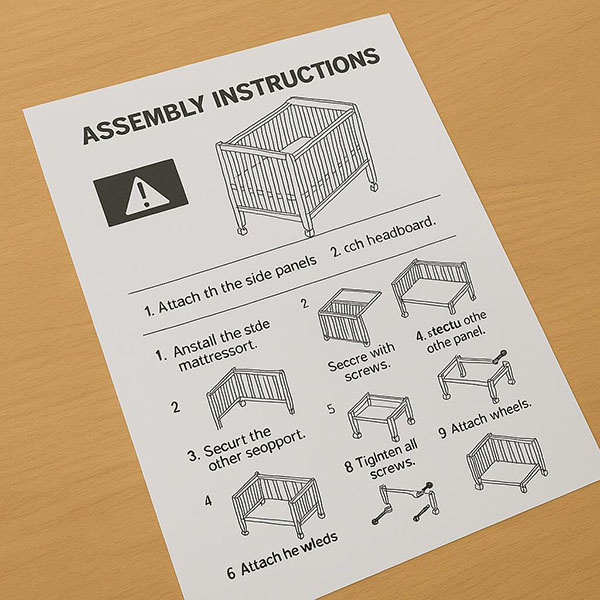Do You Need a Baby Changing Table?
With so many baby products on the market, new parents often wonder—do I really need a dedicated changing table, or can I skip it?
No, you don’t need a baby changing table, but it can make diaper changes safer, faster, and more organized—especially in the first year.
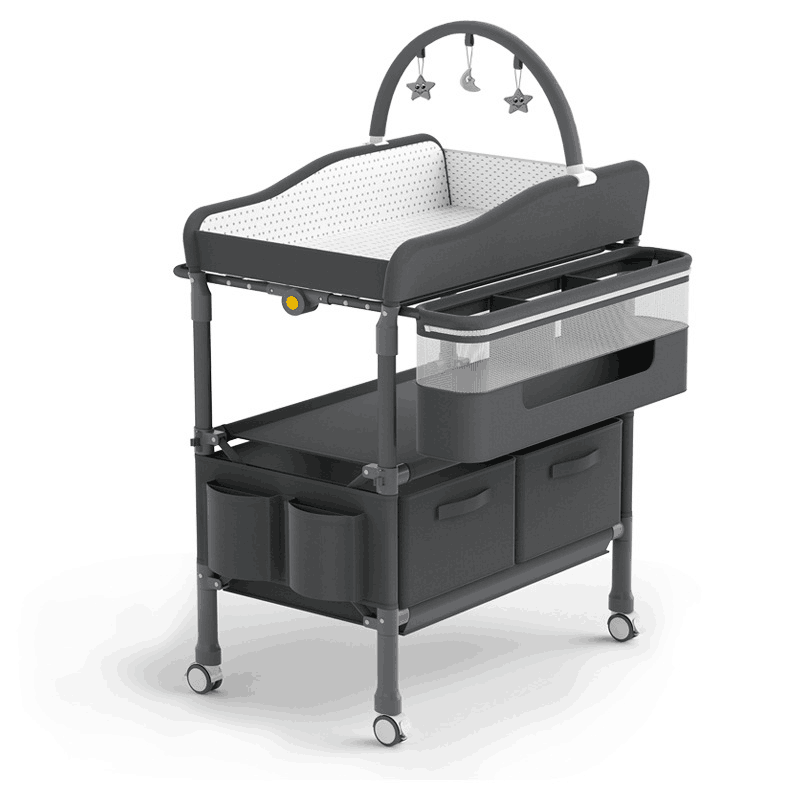
If you’re deciding what gear is essential vs. optional, let’s look at the real pros, cons, and alternatives to changing tables so you can make the right call for your space and budget.
What is a baby changing table?
It’s more than just a flat surface—it’s a diaper station.
A baby changing table is a raised surface designed for diaper changes, often with built-in storage for wipes, creams, and diapers.
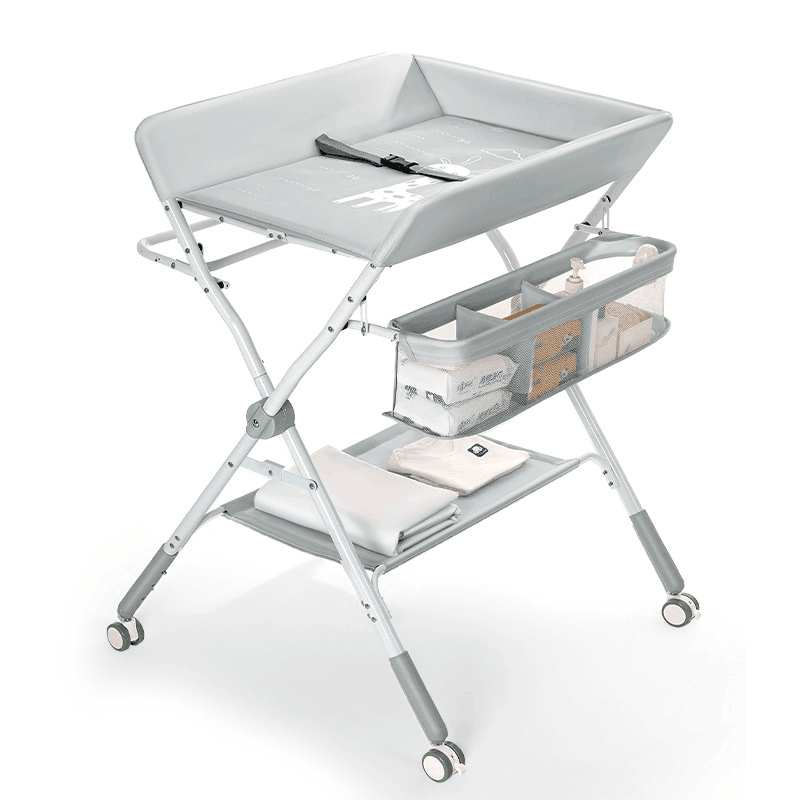
Key features and function
Changing tables usually stand about 36 inches high and may include:
- A changing pad on top
- Guardrails or straps for safety
- Shelves or drawers underneath
- Wheels or portability (in some models)
I used one with open shelves—it was perfect for grabbing things with one hand while holding a squirmy baby with the other.
| Feature | Benefit | Limitation |
|---|---|---|
| Raised surface | Saves your back | Outgrown quickly |
| Built-in storage | Keeps things organized | Takes up space |
| Guardrails/straps | Added safety during changes | Still requires supervision |
Used daily—at first
In the early months, you’re changing diapers 8–12 times per day. Having everything in one place can save time and sanity. I found that nighttime changes were way easier when the wipes and diapers were exactly where I expected.
What are the pros of using a changing table?
Beyond looks, changing tables offer comfort, safety, and sanity.
Changing tables keep diaper supplies organized, reduce strain on your back, and provide a safe, stable space for changes.
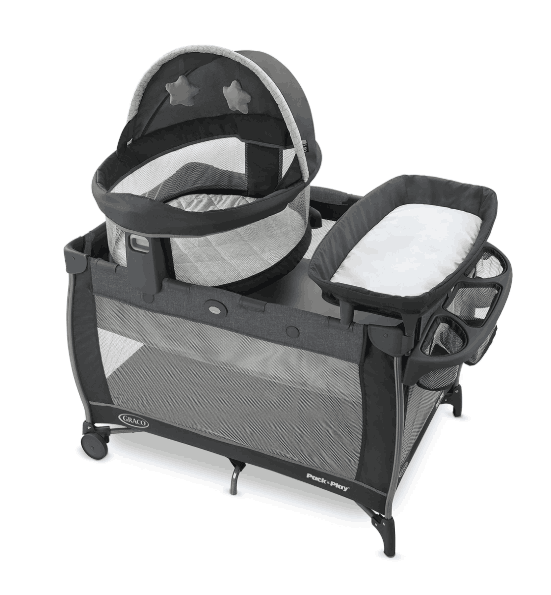
Comfort and ergonomics
Without a changing table, you’re bending over beds, couches, or the floor multiple times a day. That adds up—especially during postpartum recovery. The raised height made a huge difference for me, especially after a C-section.
Organization and cleanliness
Keeping wipes, creams, and diapers all in one station helped avoid last-minute scrambles. No mid-change panic because the wipes were across the room. Plus, the table surface is easy to wipe down after accidents (and yes, there will be many).
Safety boost
While no changing table is 100% foolproof, models with guardrails and safety straps do provide added peace of mind. As long as you’re always keeping one hand on baby, it’s a secure space.
What are the cons of using a changing table?
They’re helpful—but not necessary for every household.
Changing tables take up space, cost extra, and are only useful for the first 12–18 months.
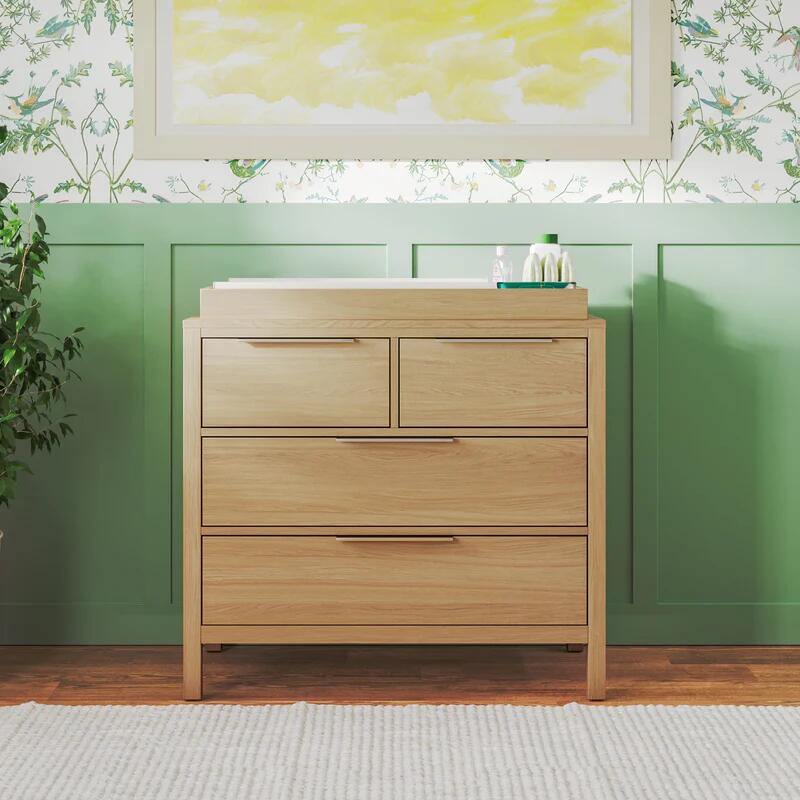
Space and cost
If you live in a small apartment or already have furniture overload, a full-size changing table may feel like a luxury. They can cost anywhere from $80–$300, depending on style and features.
I know families who skipped them entirely and just used a changing pad on the dresser or floor.
| Drawback | Impact |
|---|---|
| Takes up space | Not ideal for small rooms |
| Short-term use | Baby outgrows it by 18 months |
| Adds to cost | Another item to buy/setup |
Babies outgrow them fast
Once your baby becomes mobile, diaper changes often happen wherever you can catch them. By 1 year, I was changing my son on the floor more often than the table.
If you want long-term value, look for a dresser + pad combo that can transition into regular furniture later.
What are alternatives to a changing table?
You can skip the table without skipping convenience.
Alternatives include using a changing pad on a dresser, foldable changing stations, or a simple diaper caddy with floor space.
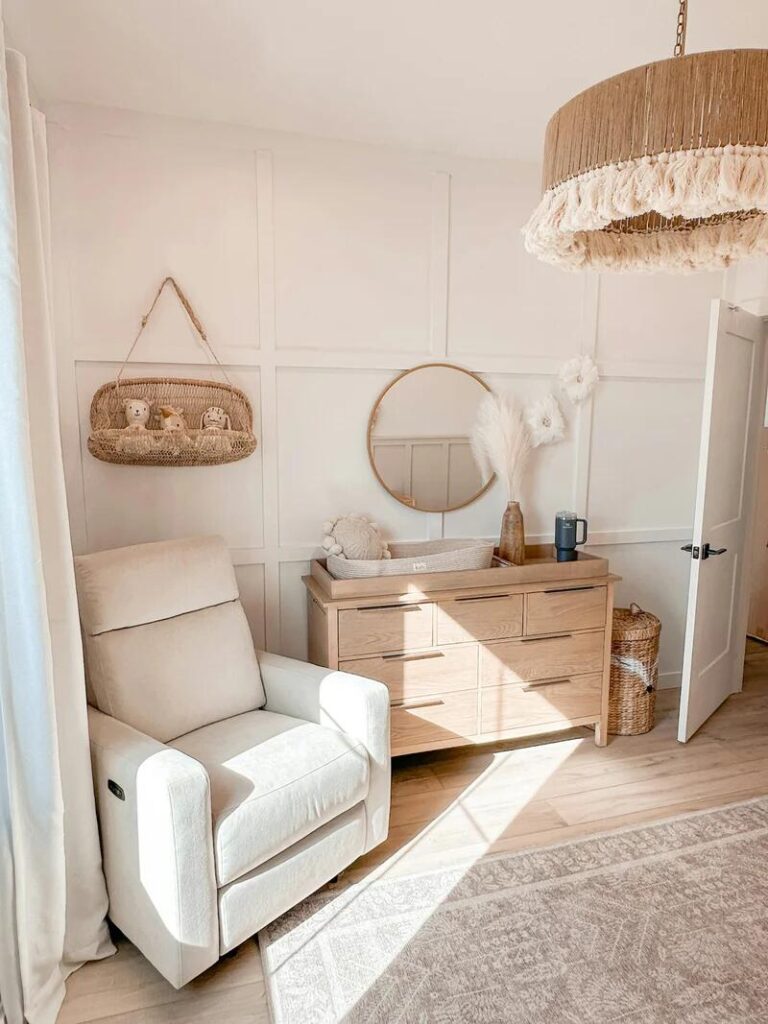
Dresser with changing pad
This is the most popular option. You just place a non-slip changing pad on top of a sturdy dresser. It saves space and gives the furniture life after diapers.
That’s what I did. We used a contoured changing pad on a wide IKEA dresser. When diaper days ended, we just removed the pad.
Portable or foldable setups
If you’re tight on space, consider:
- Portable caddies with diapers/wipes
- Fold-up changing mats for bed/floor use
- Wall-mounted changing tables for compact rooms
These all work well with a changing basket or pad that you can move around.
| Alternative Type | Pros | Cons |
|---|---|---|
| Dresser + Pad | Multi-use, space-saving | No guardrails |
| Floor Mat + Caddy | Cheap, portable | Harder on back/knees |
| Foldable Table | Compact, easy to store | Less sturdy than fixed table |
Should you put a changing table on your registry?
Depends on your space, lifestyle, and future plans.
Yes, if you have space and want a central diaper station. No, if you prefer to stay minimal or have back-friendly alternatives.
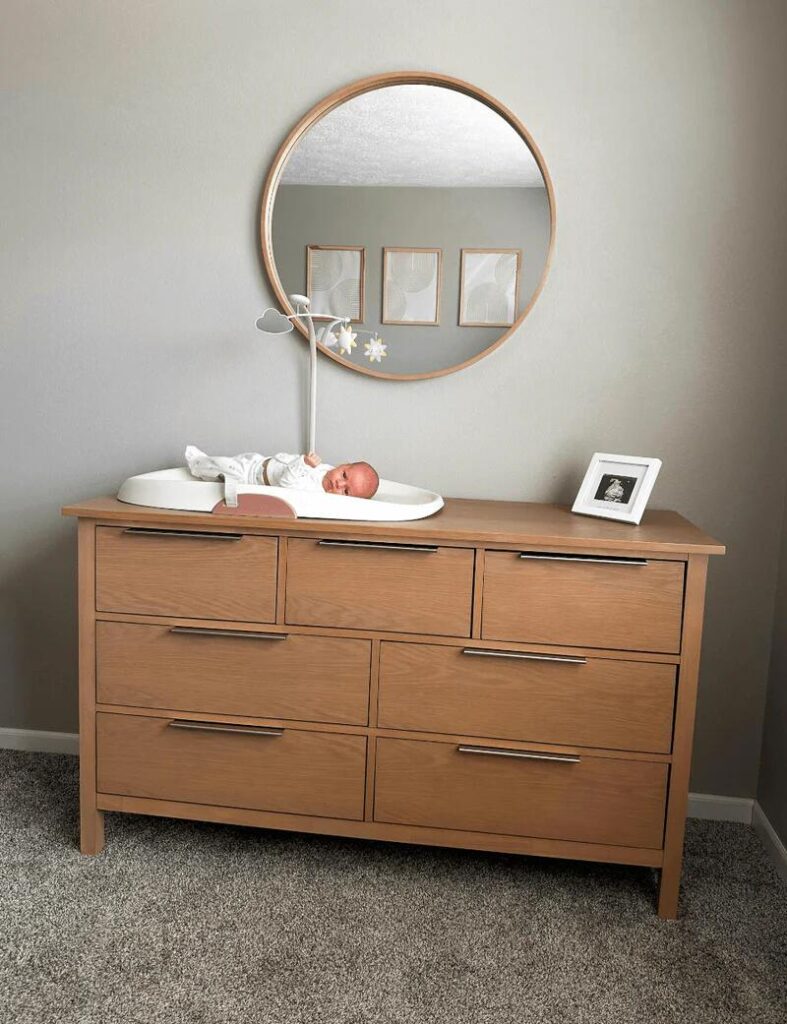
When it makes sense
Add a changing table to your registry if:
- You live in a home with space for a nursery setup
- You want to keep diaper changes in one area
- You like organization and dedicated tools
It can also be helpful for caregivers, grandparents, or babysitters who benefit from a predictable setup.
When to skip it
Skip the table if:
- You live in a small space
- You’re planning to co-sleep or room share long-term
- You prefer minimalist or Montessori setups
Remember, every family handles diapers differently. The "best" setup is the one that works for you and keeps your baby safe and comfortable.
Conclusion
You don’t need a baby changing table—but it can make diaper changes easier, safer, and more organized, especially during those exhausting newborn months.




